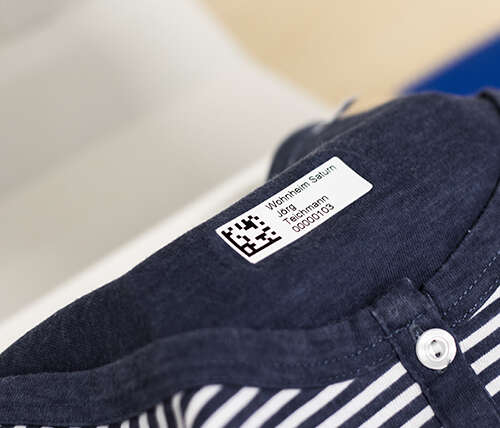Newly installed, flawless concrete drives look fantastic. They are an investment that should last you for years and give the appeal of your curb a massive boost. One of the greatest advantages of a concrete drive over other materials is how little routine care and maintenance it needs during its life. However, no material used to create driveways is completely maintenance-free, including concrete.
If there is a concrete seal, you can't just forget it. Here are our top tips on how you can maintain this new concrete drive and keep it in top condition.
Clean and seal
Although concrete is low maintenance, it is not a magical material that deflects all stains and spills. If you clean your drive occasionally, it will look like new. A common misunderstanding is that once a concrete seal has been sealed, it never needs to be replaced. not correct. Imagine a lacquered wooden floor. Over time, the paint loses its shine with pedestrian traffic. There are even stains that are worn out and need to be repainted. A concrete drive is no different. How often it has to be resealed depends on both the weather conditions and the traffic volume of your vehicle. It is recommended that you close a concrete drive approximately every 2 years. You can do this beforehand if your driveway is heavily used, or you can keep an eye on it and lock it again if it shows signs of wear. Always apply the sealer according to the manufacturer's instructions.
Remove spills immediately
If something is spilled, e.g. B. oil or gasoline, clean it as soon as you see it. Don't rely on the concrete sealer to avoid staining, especially if it hasn't worked for a year or two. If after cleaning the spilled material you can see that the concrete has discolored, a pressure wash with cleaning chemicals intended for use on concrete should be used. Read the instructions carefully, as strong chemical detergents can destroy a surface they are not intended for, and many drives have been destroyed by the owner with the wrong detergent.

Be very careful when it's icy
You can panic if you see your beautiful new driveway covered in ice and rush for the deicer or something similar. Never use a deicer on your drive! The chemicals can cause serious surface damage, such as flaking or debris, because the chemicals effectively force the ice to thaw, but the temperatures cause the moisture to freeze again quickly. Anything that contains ammonium nitrates or sulfates is extremely harmful because these chemicals attack your concrete. So what can you use? Calcium chloride or sodium chloride (rock salt) do less damage, but can attack metal and damage vegetation. New concrete is also prone to salt damage. Therefore, you should not try to defrost it with anything in the first winter after moving the driveway. You could use something like sand to make walking safer and give the vehicles traction.
Treat with caution
Although concrete is known for its durability, a typical driveway is not designed for very heavy vehicles such as vans. Always be careful when clearing or shoveling your drive and avoid using large metal blades as they can easily scratch or scratch the surface.




